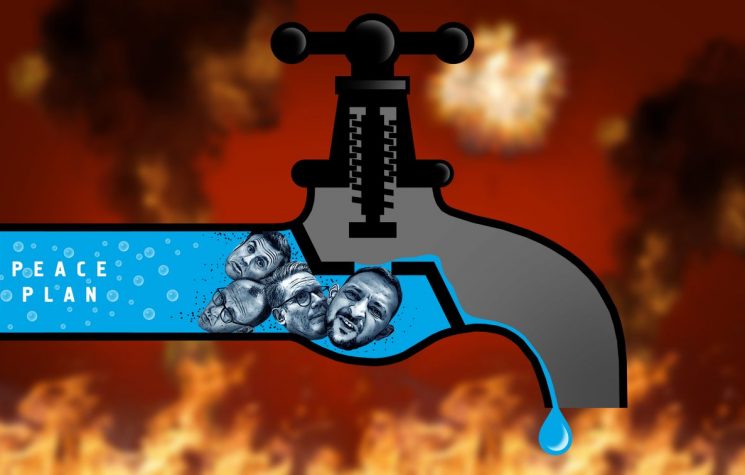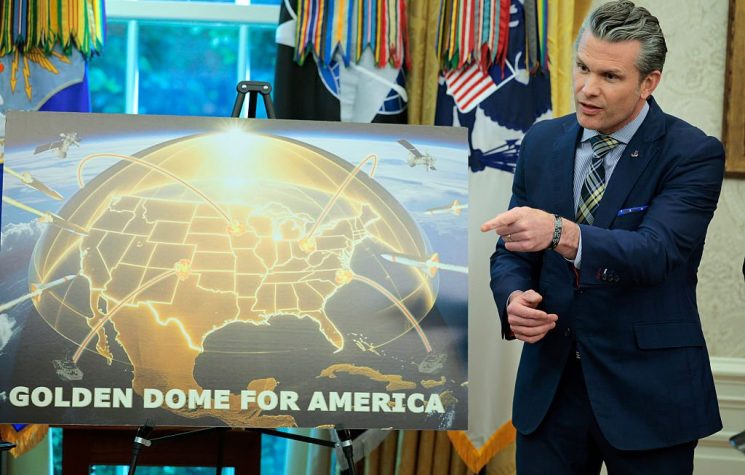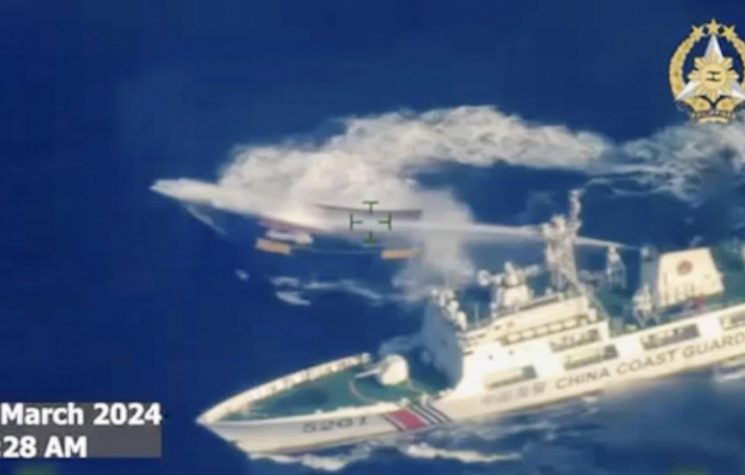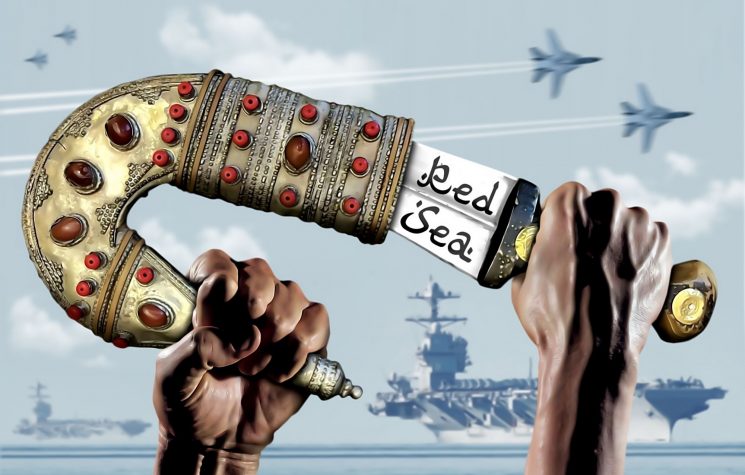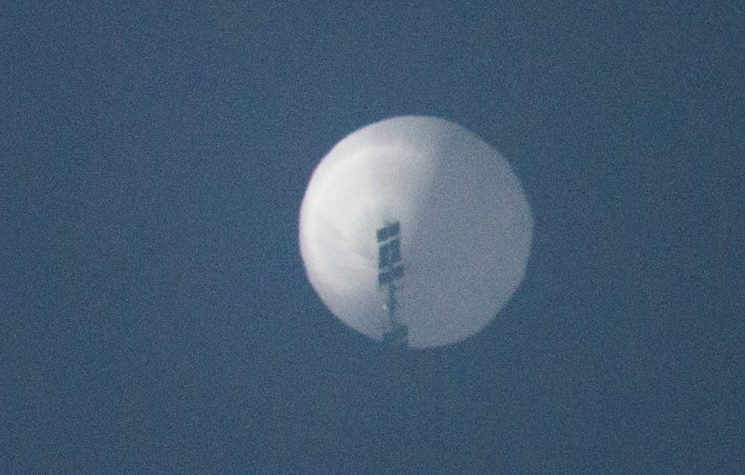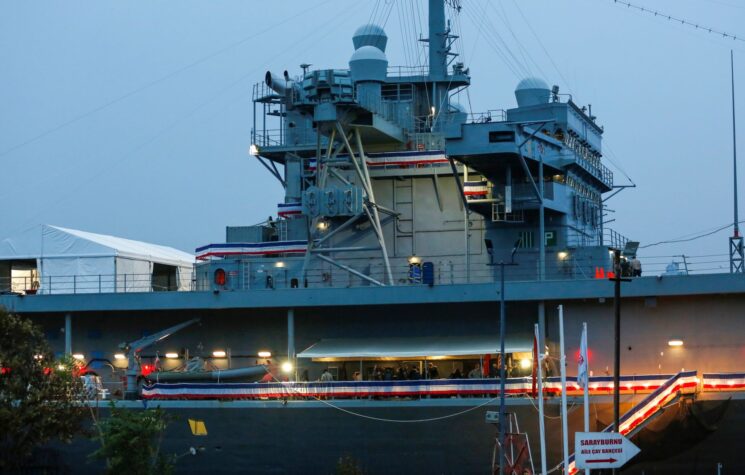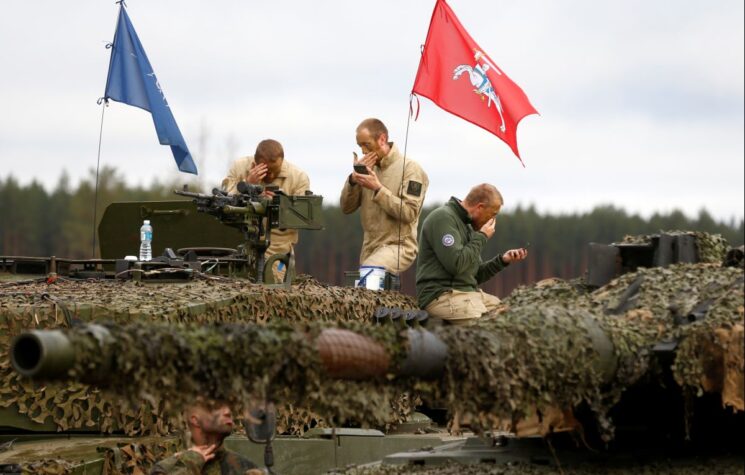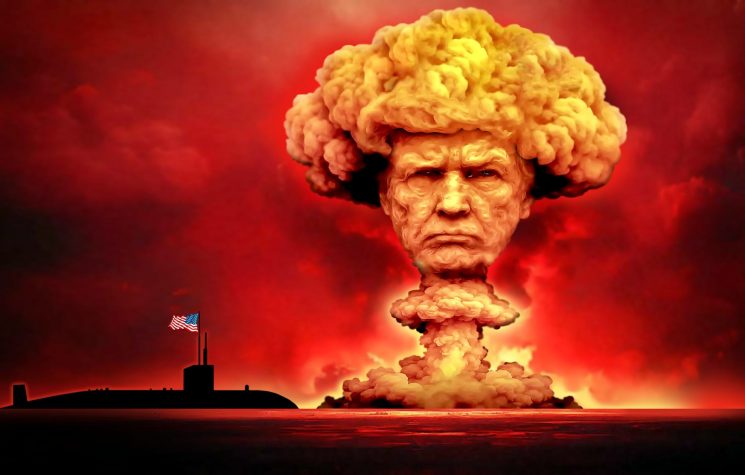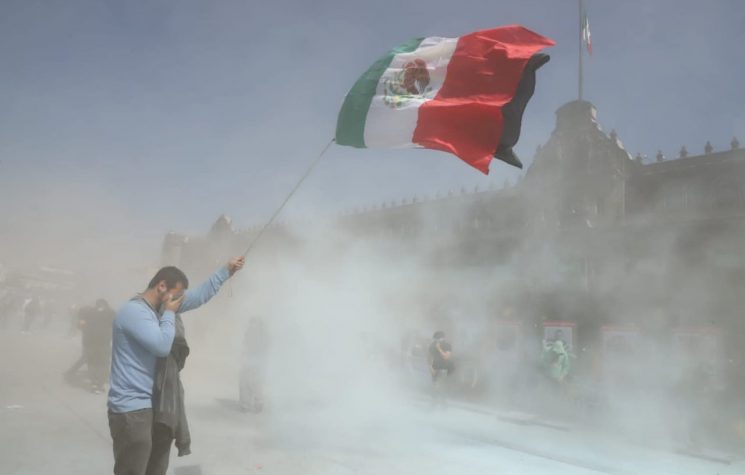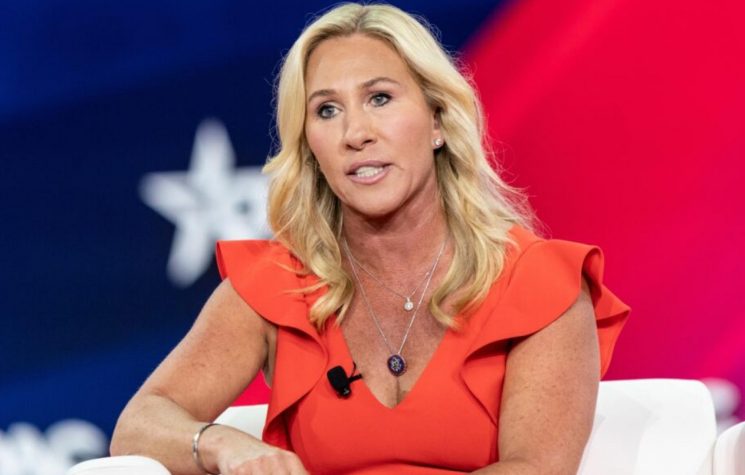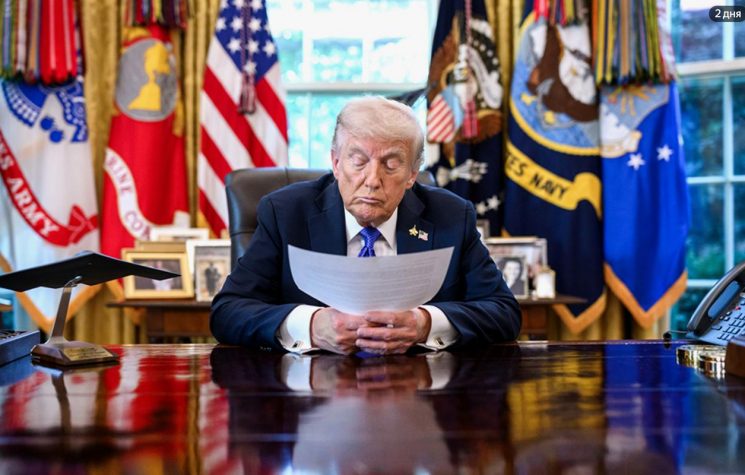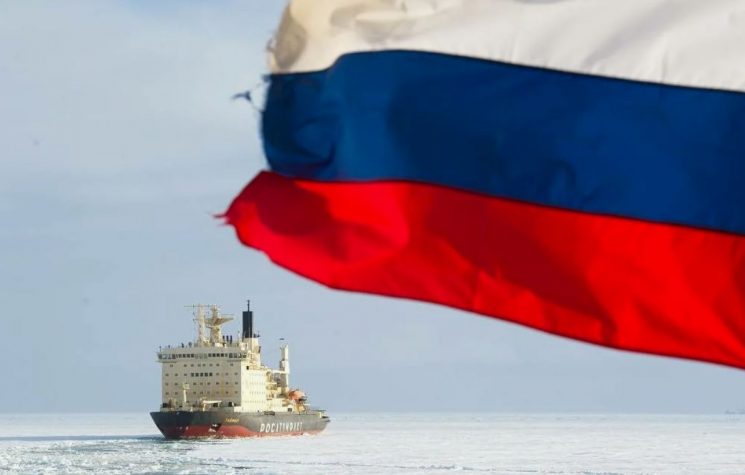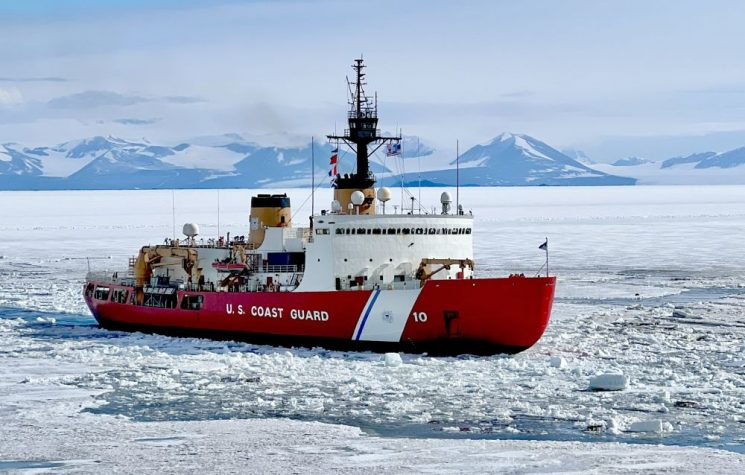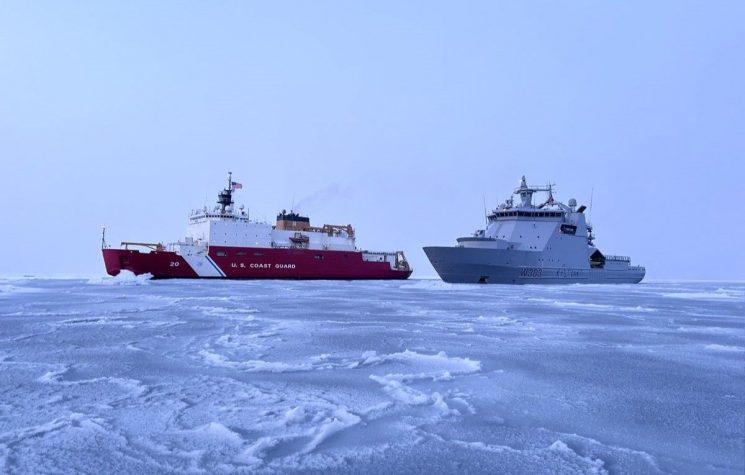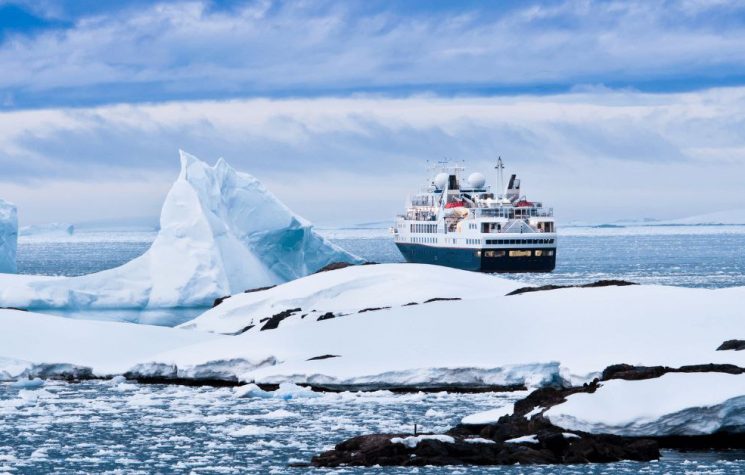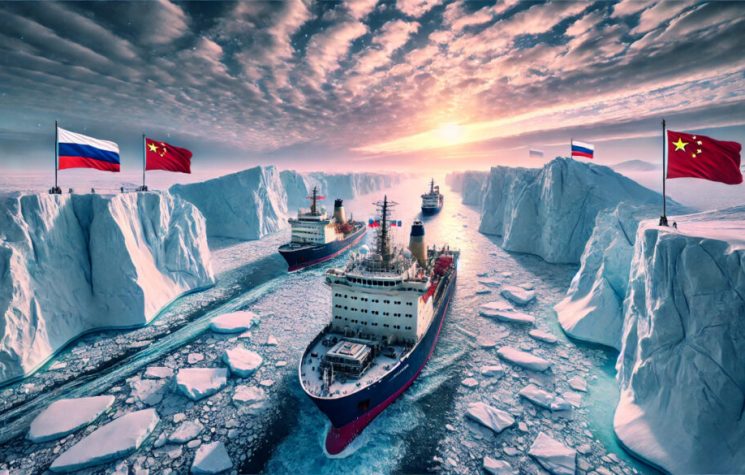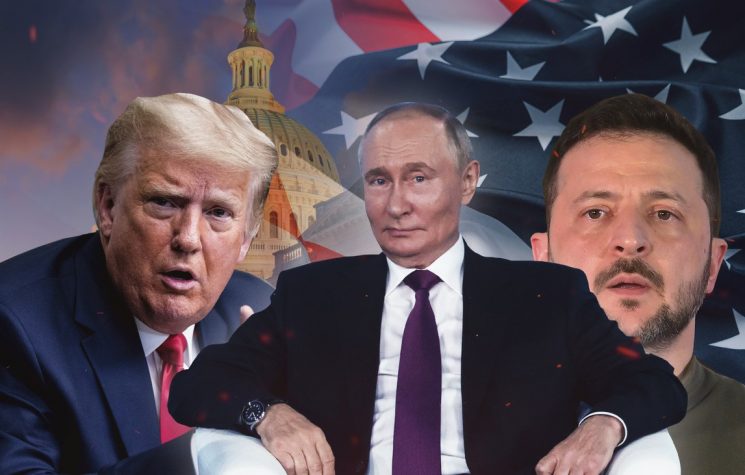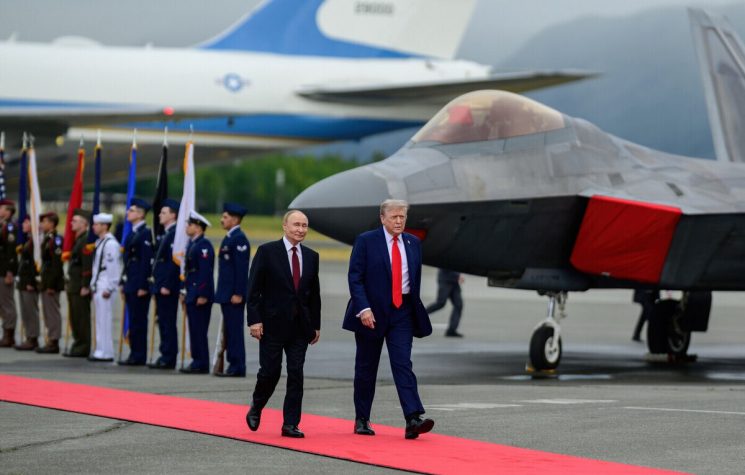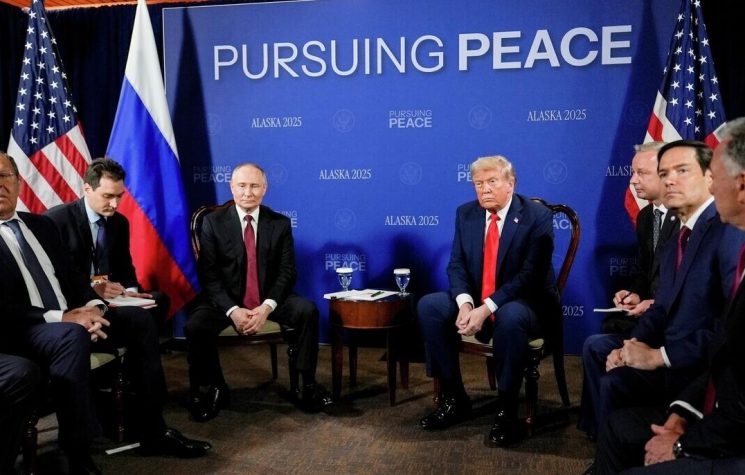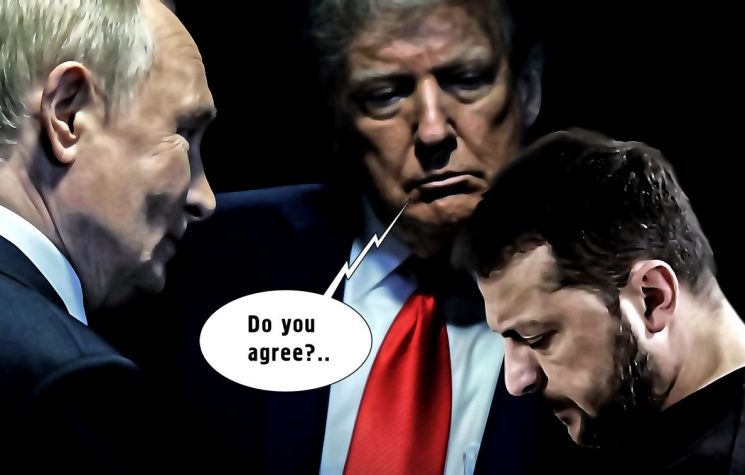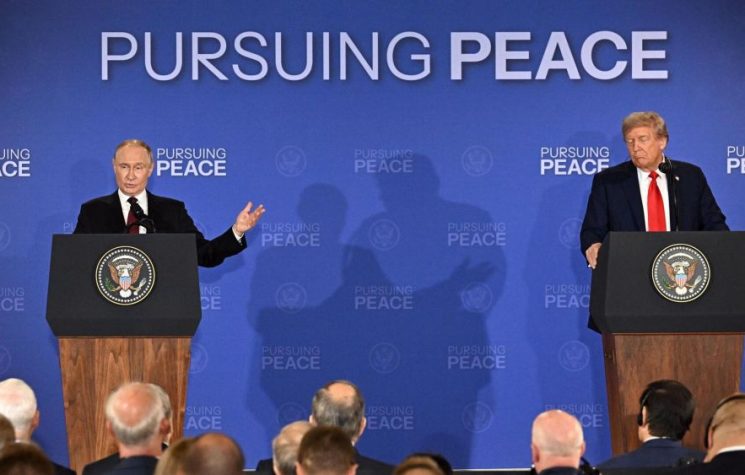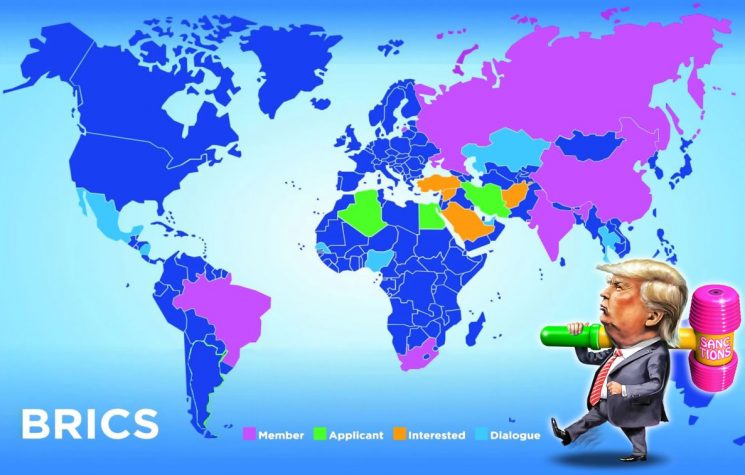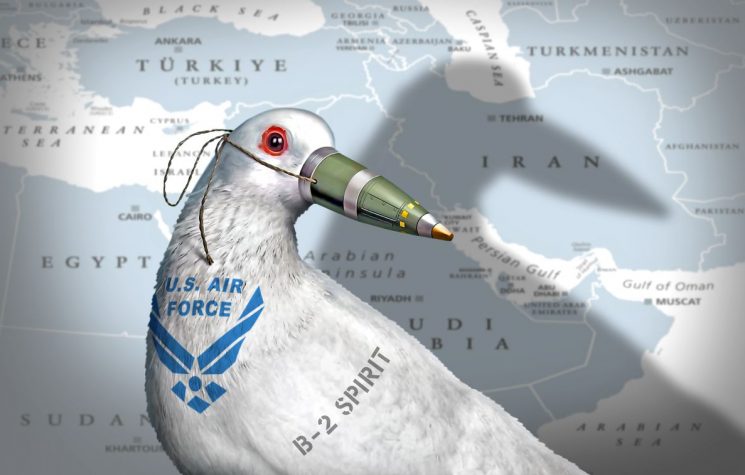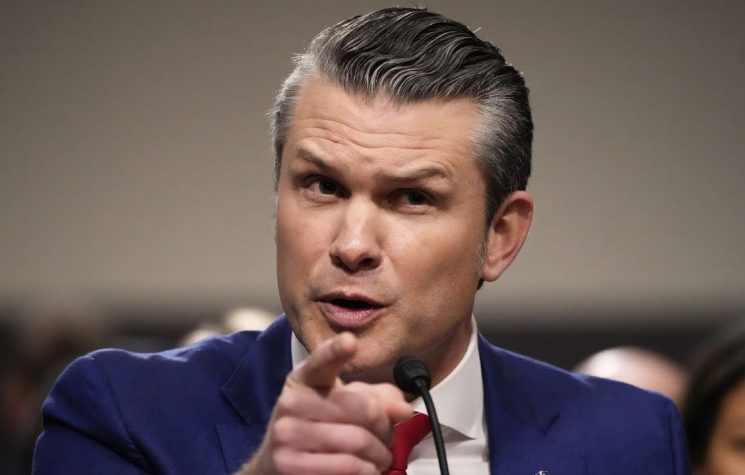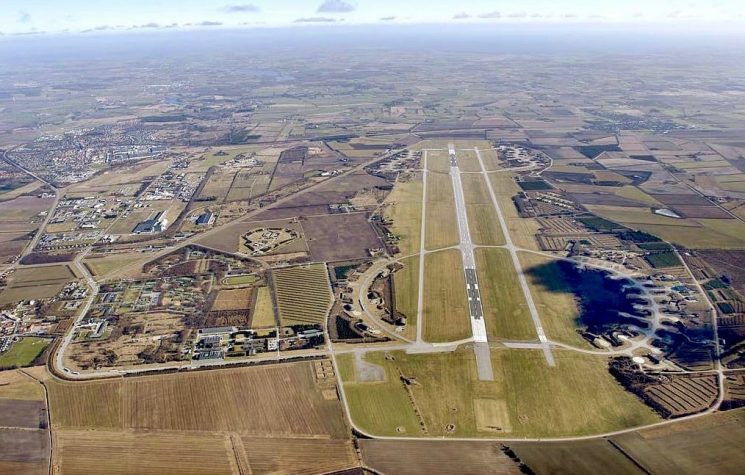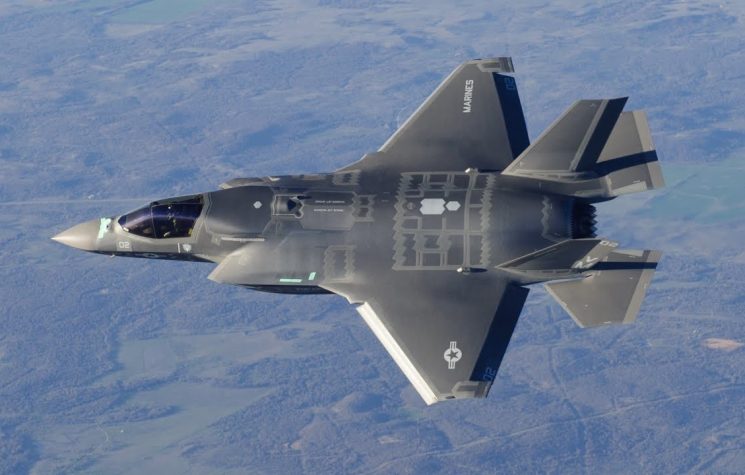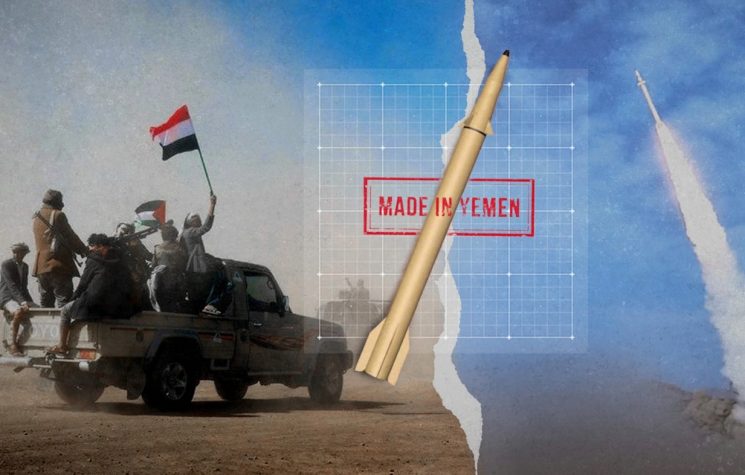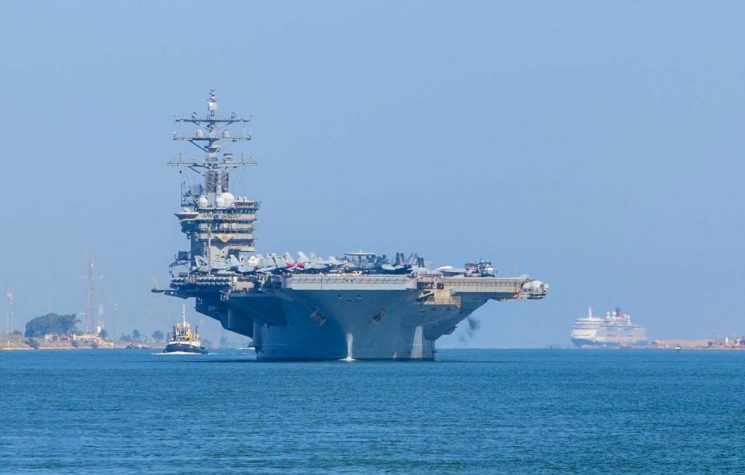According to the Department of Defense’s dismally short sighted vision for the Arctic, U.S. strategic interests were best maintained not by cooperation with Arctic partners, by rather by belligerent sabre rattling under the guise of “competition” with nations who have continuously professed a desire to work with the west as allies.
In recent weeks, this belligerence has taken the form of a new forward posture of 150 advanced U.S. fighter jets to be housed at the Eielson Airforce Base in Alaska including a mix of F22 Raptors and F35 Lighting II jets only 600 miles away from the Russia border. Each fighter plane carries the ability to launch strikes onto Russia after a brief flight across the 100 mile Bering Strait gap. Considering the entire American air force only has 187 F22s and 250 F35s, the proportions of this absurd build up can best be appreciated.
In the most recent DOD Arctic Strategy Report which has shaped this suicidal battle plan, Russia and China are defined as nothing but existential threats to the world order which must he stopped at all costs with the report’s authors stating: “In different ways, Russia and China are challenging the rules-based order in the Arctic. U.S. interests include limiting the ability of China and Russia to leverage the region as a corridor for competition that advances their strategic objectives through malign or coercive behavior.”
Describing this aggressive display that folds into the renewed threats of attack faced by dangerous NATO maneuvers across Europe in recent months, Russian Major General Vladimir Popov told Sputnik News:
“Alaska is remote from the U.S. mainland, but is an outpost in relation to Russia—we are separated only by a strait, and the border is literally within the line of sight. This is a strategic region for the U.S. Adding 150 more fighters would at least double the combat potential of the existing forces there.”
Continuity of Government and NORAD
What makes this dire situation ever more precarious is the fact that President Trump has found himself stuck in a COVID-19 quarantine.
What should be a mere hiccup in governmental procedures is quickly being turned into something much greater as renewed calls for enacting Continuity of Government procedures secretively written into law this past March 2020 arising by various leading figures of the deep state such as House Speaker Nancy Pelosi. When MSNBC asked Pelosi (now second in line to take the mantle of presidency) if anyone reached out to her from the White House regarding Continuity of Government, Pelosi said: “No, they haven’t. But that is an ongoing, not with the White House but with the military, quite frankly, in terms of the — some officials in the government.”
That these calls are occurring amidst a heightened clamor for military coup to unseat the President, the general threat of civil war and the looming danger of economic meltdown, statements like those uttered by Pelosi to CNN and MSNBC this week should not be taken lightly.
In the updated March 2020 Continuity of Government protocols, General Terrance O’Shaunessy (head of both NORAD and NORTHCOM) would take the “temporary” reins of the presidency under crisis conditions of ungovernability which are not too difficult to imagine amidst the storms currently sweeping America. Military staff who would take up a parallel chain of command continue to be stationed 650 meters below Cheyenne Mountain in Colorado where they have been deployed since March 2020 following Mark Espers’ orders to NORTHCOM to “prepare to deploy”.
O’Shawnessy has repeatedly echoed the views of the Washington/NATO establishment that the greatest threats to the world stem from Russia and China directly referencing their supposedly nefarious intentions in the Arctic.
The Polar Silk Road: A Healthier Paradigm for the Arctic
Rather than bring the forces of war to the Arctic, Russia and China have together been demonstrating a far more efficient and moral approach which certain patriotic forces within North America tend to be in alignment with, including the current President.
Since January 2018, the Arctic has increasingly become dominated by the positive extension of the New Silk Road northward in the form of the maritime and land based “Polar Silk Road” which has united brilliantly with President Putin’s Far East development program. This program aims to increase arctic shipping five fold by 2024 and begin a bold program of infrastructure, rail, road, pipeline, mining and port building in order to begin accessing the vital raw materials desperately needed for the coming centuries of multipolar development.
On September 26, President Trump working alongside political allies in Alaska, Alberta and the private sector alike streamlined a project which taps into this spirit of genuine economic cooperation and long term thinking unseen in decades in the form of the Alaska-Canada Rail connection. Looking at the business models guiding this emerging project, it is important to note that the destructive thinking of globalization and zero sum logic are not to be found at all as the entire program is vectored on tying North America economic interests into China’s Belt and Road and growing Asian markets.
The Wallace Doctrine for the Arctic Must Be Revived
As I wrote in my recent report Trump’s A Revival of the Wallace Doctrine for the Post-War World, the last serious pro-development strategy to arise from a leading American politician took the form of President Franklin Roosevelt’s ardent anti-imperial Vice President Henry Wallace, who spent years with his Russian counterparts during WWII arranging the conditions of mutual development of both nations during the post-War age with a strong focus on the long awaited Bering Strait Rail connection and obvious Alaska-Canada transport corridors. In his Two Peoples One Friendship, Wallace described his discussions with Foreign Minister Molotov in 1942 saying:
“Of all nations, Russia has the most powerful combination of a rapidly increasing population, great natural resources and immediate expansion in technological skills. Siberia and China will furnish the greatest frontier of tomorrow… When Molotov [Russia’s Foreign Minister] was in Washington in the spring of 1942 I spoke to him about the combined highway and airway which I hope someday will link Chicago and Moscow via Canada, Alaska and Siberia. Molotov, after observing that no one nation could do this job by itself, said that he and I would live to see the day of its accomplishment. It would mean much to the peace of the future if there could be some tangible link of this sort between the pioneer spirit of our own West and the frontier spirit of the Russian East.”
The Molotov/Wallace vision wasn’t something entirely new.
Earlier programs for building the Bering Strait rail connection were advanced by Russian Prime Minister Sergei Witte and Czar Nicholas II who in 1906 sponsored teams of American engineers to conduct feasibility studies of the project, then estimated to costs $200 million.
On the American side of the project, Lincoln’s trusted bodyguard William Gilpin (a man who was known as a leading spirit of America’s own Trans Continental Railway) and later Governor of Colorado promoted the work throughout his life saying of the Alaska Canada rail connection:
“It is sufficiently apparent that the building of a railroad by way of Alaska, Bering Strait and northeastern Siberia, connecting with the Canadian Pacific in British Columbia and in Siberia with the Russian line now being pushed forward to Vladivostok, is by no means an unpracticable undertaking”.
Gilpin’s global program was outlined thoroughly in his 1890 book the Cosmopolitan Railway.
Exhibiting the stark raving fear of the renewal of this latent spirit of U.S.-Russian friendship in the build up to the November elections, Thomas Wright (senior Fellow at the Brookings Institute) wrote a panicky op ed in the Atlantic on September 30 called “What a Second Trump Term Would Mean for the World”. In this article, Wright echoes the broader fears of the deep state of a revival of the Henry Wallace doctrine which the author laments would have been just terrible had it not fortunately been sabotaged by the “great” figure of Harry Truman in January 1945. Wright says:
“Looking back on U.S. diplomatic history, one of the great counterfactuals is what would have happened if Franklin D. Roosevelt had not replaced his vice president Henry Wallace with Harry Truman in 1944. Wallace was sympathetic to the Soviet Union and became an ardent opponent of the Cold War. If he had become president when FDR died, in April 1945, the next half century could have gone very differently—likely no NATO, no Marshall Plan, no alliance with Japan, no overseas troop presence, and no European Union… The U.S. is now teetering on another historically important moment. With Trump, we would not only be deprived of our Truman. We would be saddled with our Wallace—a leader whose instincts and actions are diametrically opposed to what the moment requires. With few remaining constraints and a vulnerable world, a re-elected Trump could set the trajectory of world affairs for decades to come.”
It should be clear to all that the renewal of the Wallace-Gilpin spirit of development into North America’s Arctic is not only good business but also serves as a vital precondition to re-establishing a world order founded upon trust, win-win cooperation, and non-zero sum thinking. While it is fairly clear that Trump’s political instincts are vectored in this direction (giving rise to such frightful diatribes by emissaries of the Cold War at Brookings and the CFR), it still remains to be seen if sufficient political influence can be exerted to rein in the swamp before a hot war and military coup are unleashed.










